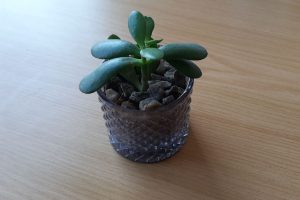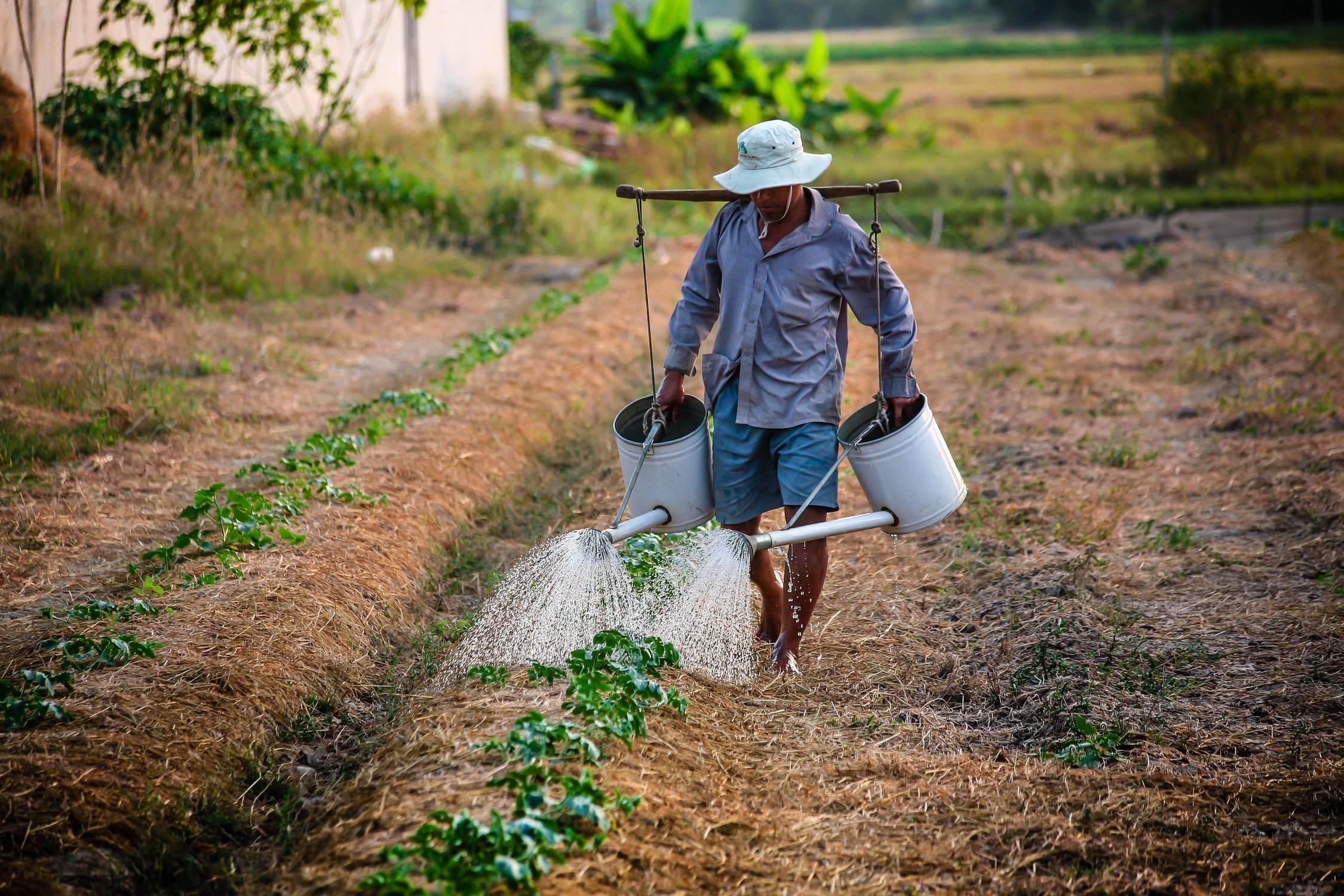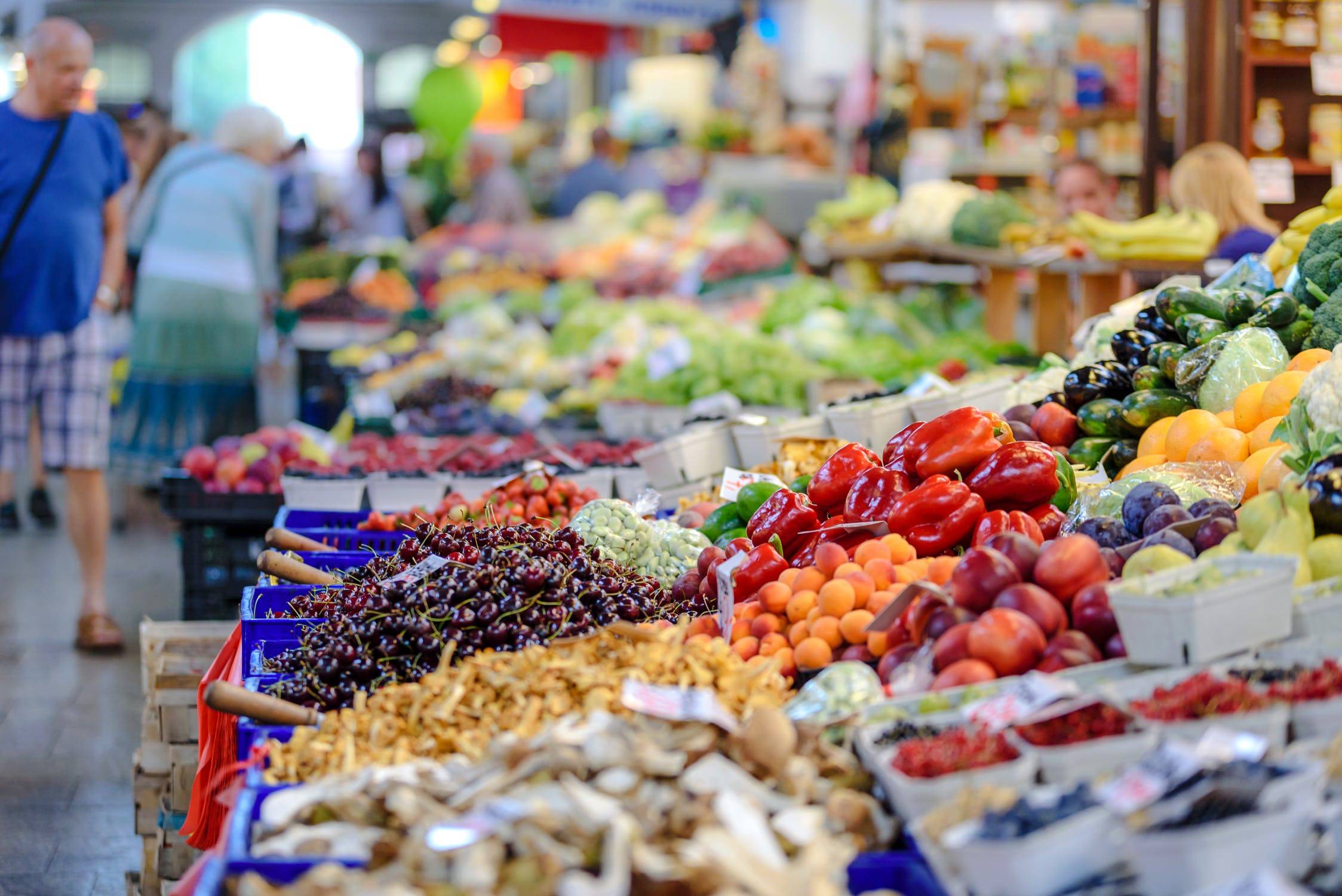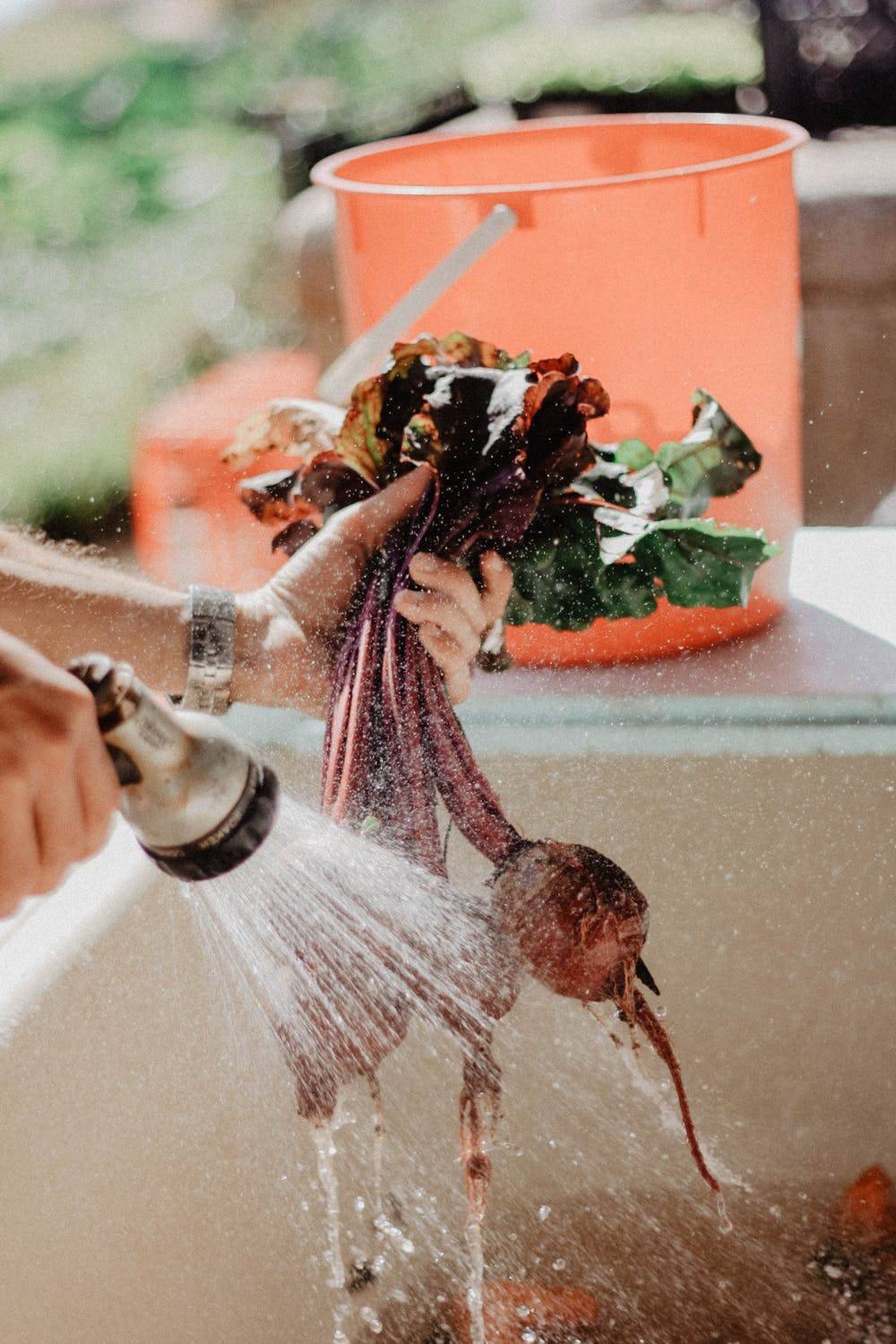Recently, Printulu moved offices and part of the moving in process was to get desk plants. I had a gorgeous cactus on my desk that I lovingly named Jimmy, and Tumi, our Growth Analyst, had a plump succulent on her desk named Bob. Bob flourished, but Jimmy, very sadly, died a tragic death due to lack of sunlight (guess a designer’s life isn’t for everyone).

Bob is alive and flourishing (although maybe a bit on the plump side).

Jimmy has since been replaced by a hardier fake plant.
If you’re anything like me, you don’t have a green thumb to save your life. But if you’re like Tumi and many other lucky people, you can grow a forest just by looking at a tree for more than five seconds. It’s you I’m talking to.
Ever wonder what it might be like to break away from the tragic desk life and start something new? Jimmy couldn’t take it, and neither should you. I’ve seen many of my peers take their hobbies – what they love to do in their spare time, and turn it into a successful business. One friend now has a business selling home-made pottery. Another crochets cute animals for expecting moms. These people all have one thing in common – they’re incredibly happy.
Turning what you love into something that makes money clearly has its benefits. So let’s get back to that green thumb of yours. Why not start a greenhouse business? Now, before you roll your eyes and click away, I know that commercial greenhouses can be expensive and labour-intensive. But starting a small greenhouse doesn’t have to cost a fortune. There are thousands of resources online for produce growers and dozens of ways to keep costs low in constructing and maintaining your greenhouse and marketing your business.
Before you dive right in, there are some questions you need to ask first. Knowing your local market for the produce you will be growing and selling to, is as important as your growing (ahem) facility. Local is ‘mos’ lekker.

Who and where are your customers? Understanding this will point you in the right direction. What do consumers want? What are they currently buying? These are important questions to ask yourself.
- What are the consumers not happy with from current suppliers?
- What trends are coming?
- Are there niches not being taken advantage of?
- Who are the consumers?
- Is there an area of concentration of consumers?
Just like I should’ve been a responsible plant owner and asked questions about what poor Jimmy would like from his environment, it’s important for you to ask the right questions – and as many of them as possible – when starting your new venture. Go to grocery stores and ask the produce managers questions. Which products are flying off the shelf? What do people ask for but don’t yet have in stock? Visit restaurants and strike up conversations with the chefs. What do they like to cook with? Is it what they really want? Could it be better or different or from a closer supplier?
Barter with other greenhouse owners and create that all important green-centred, eco-community neighbourhood. Alternatively, there may be marketing potential in your area if you decide to specialise in one product. Out-of-season tomatoes, cucumbers, cut flowers or hanging baskets of flowers and strawberries may be a potential business venture as the demand is high and the price can be too. Other ideas include specialising in clivias, orchids, bonsai or even aquaculture.
Restaurants
Some restaurants buy from a wholesale company but many chefs pick and order produce from local growers when needed. This route may not be daily consistent but if you deliver on quality the chef will take notice and expand on what they buy from you.
Wholesaler/distributor

This is any grower’s ideal customer. The wholesaler will be looking for large quantities of a few varieties. They typically pick up from the greenhouse on a regular basis. Having one or few customers reduces headache on the distribution strategy.
Farmers markets
Typically these are a weekend function but more are either expanding times to include the middle of the week or separate markets focus on the middle of the week. Farmers Markets are a great way to connect with your customers and talk about their likes and wants but also you can see what other growers are selling or not able to sell. This is a retail setting so your displays and signage will need to be well thought out and attractive. (Don’t miss out on building important connections by not having business cards. Order yours today!)
Watch people as they approach your space, see where their eyes move to and from. Use this to your advantage for product placement. Farmers markets are also the ideal place for a local grower because that is what the customers are looking for.
Schools
As with each of these markets you will need to start by asking questions and doing research. This especially applies to schools. Each school district and many times each school has different procedures for buying produce for their cafeterias. The best way to find out is to go and ask. Find out how they currently get produce, if they are wanting a local farm to school grower and what produce they use.
Finding your market is done through a lot of research. The same goes for how you will go to market. You don’t have to stick to only one outlet or participate in all of them. Figure each out and pick the one(s) that you can see yourself enjoying. You can always shift or add different markets as you grow. And if I happen to meet you at one of my local markets, say hi to me, and I’ll be sure to ask you lots of questions too before buying Jimmy 2.0.





